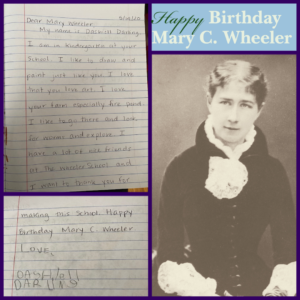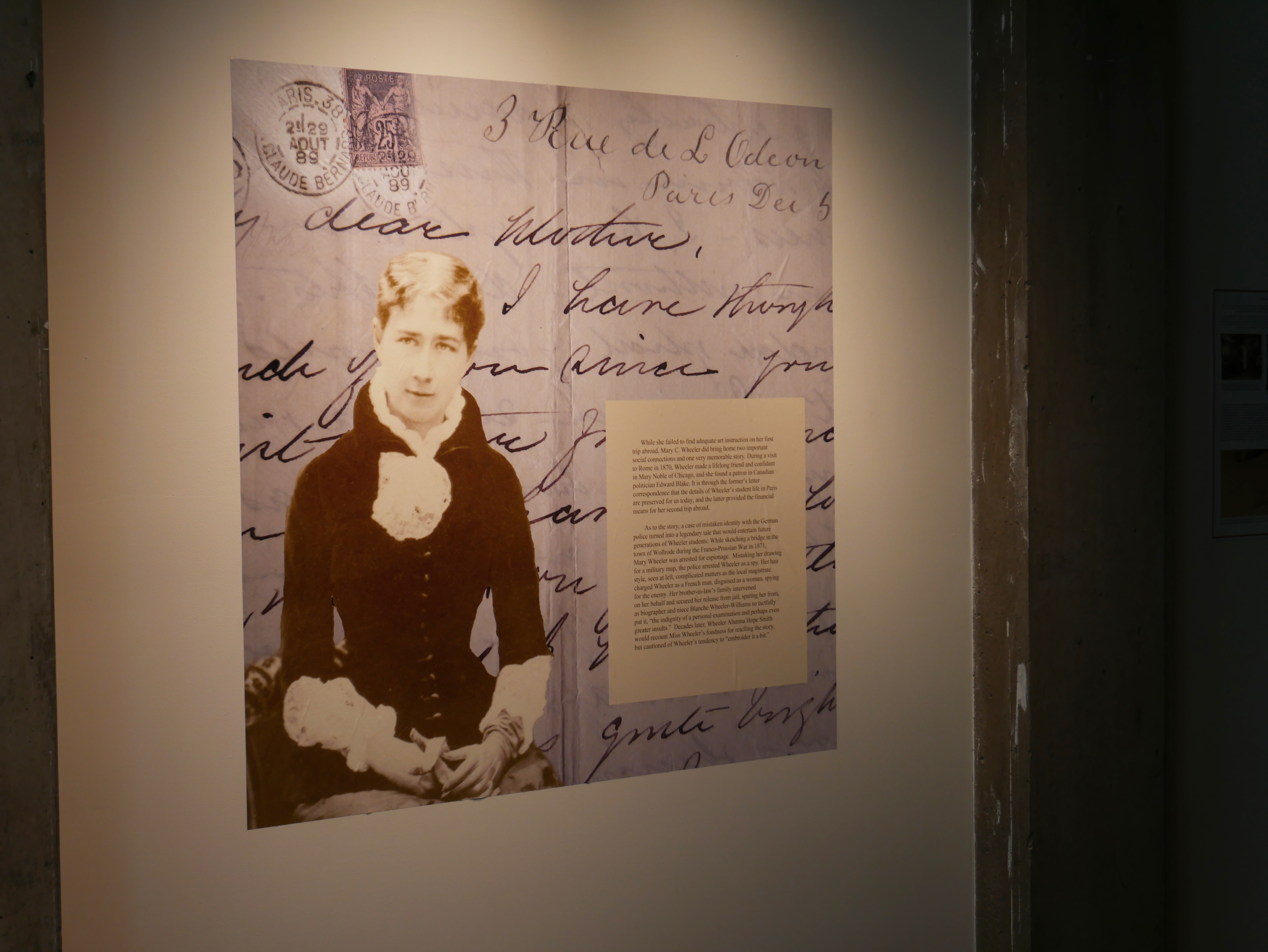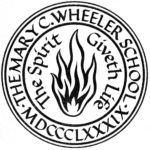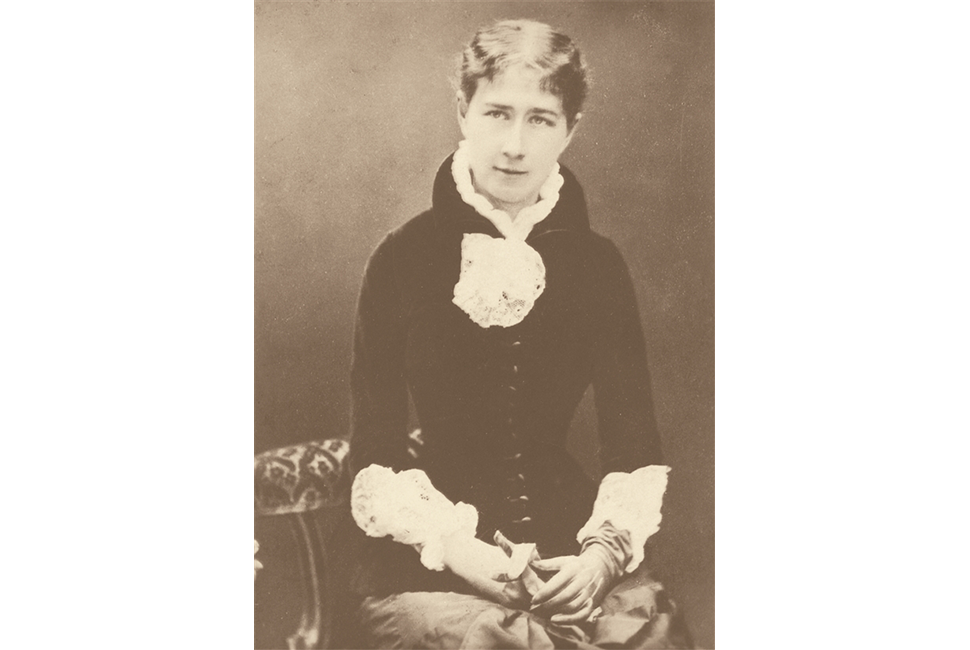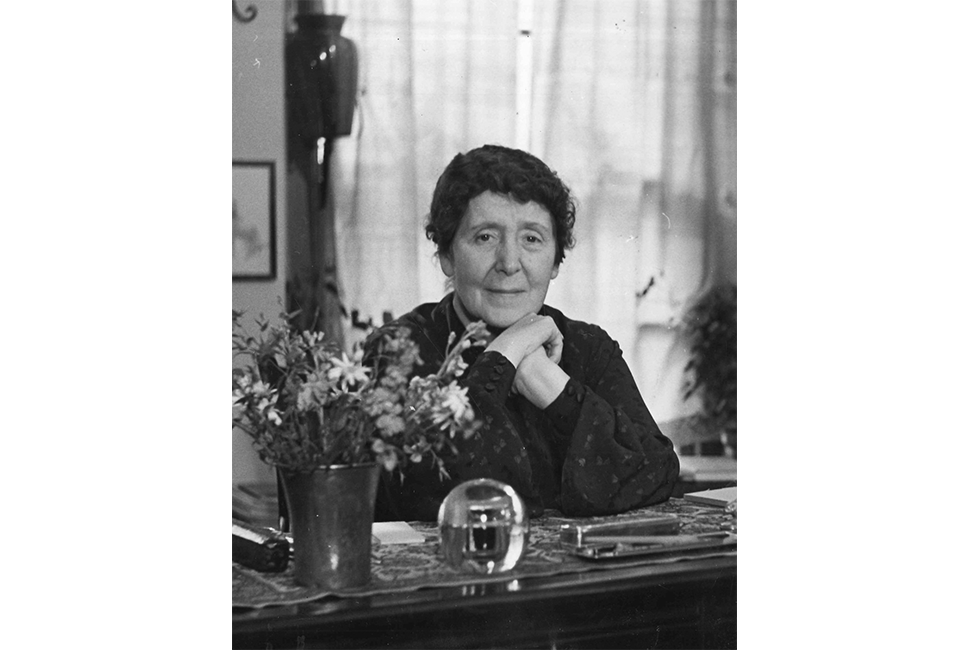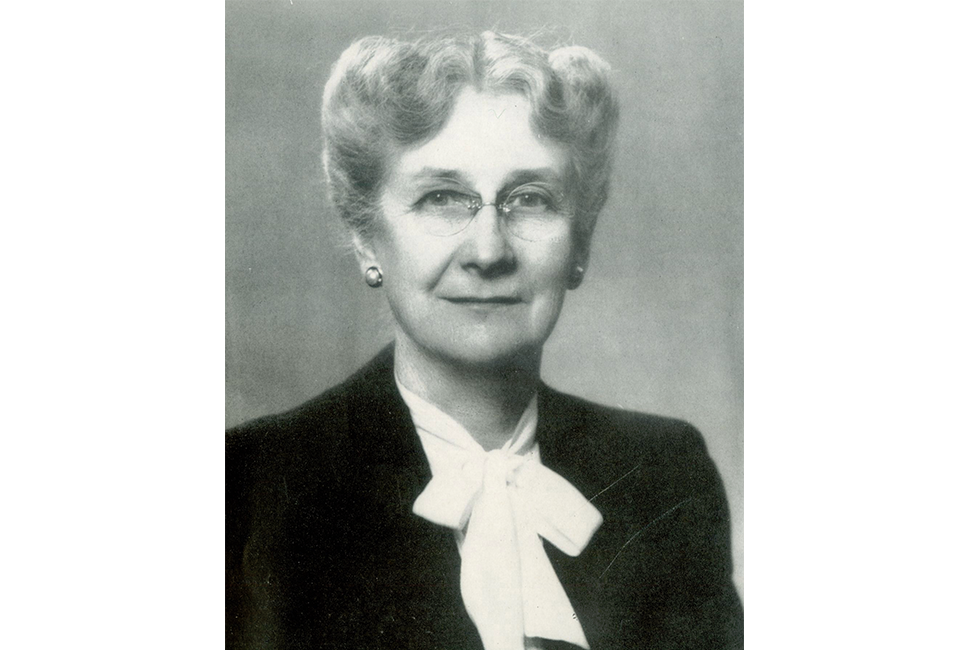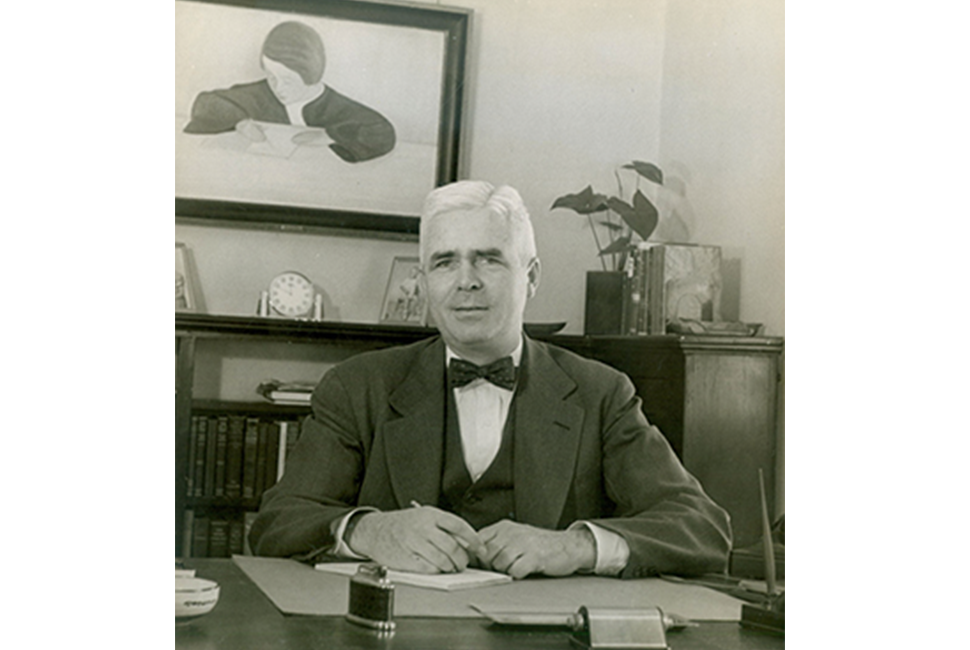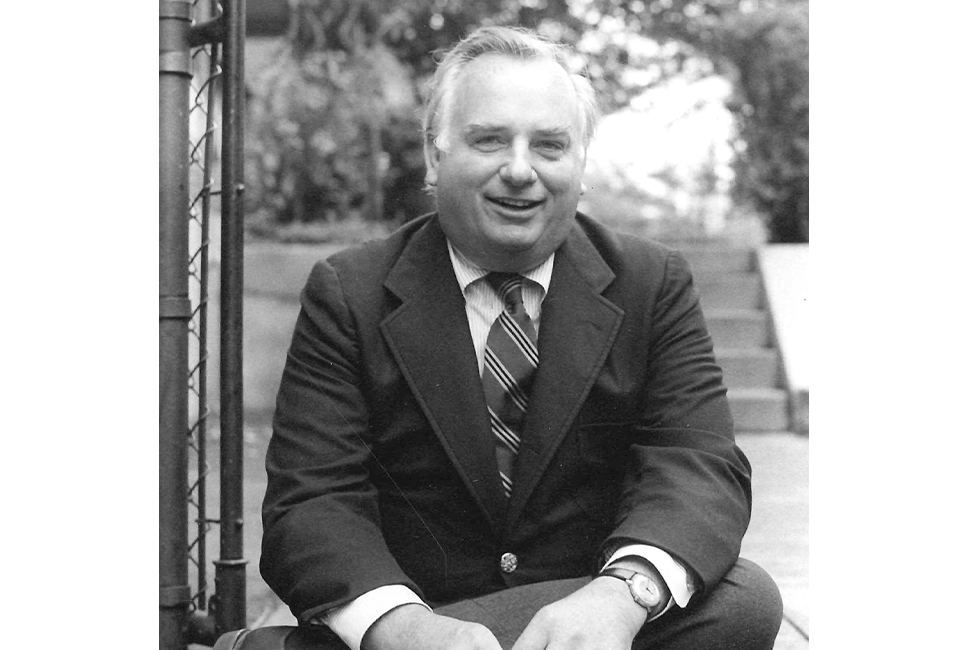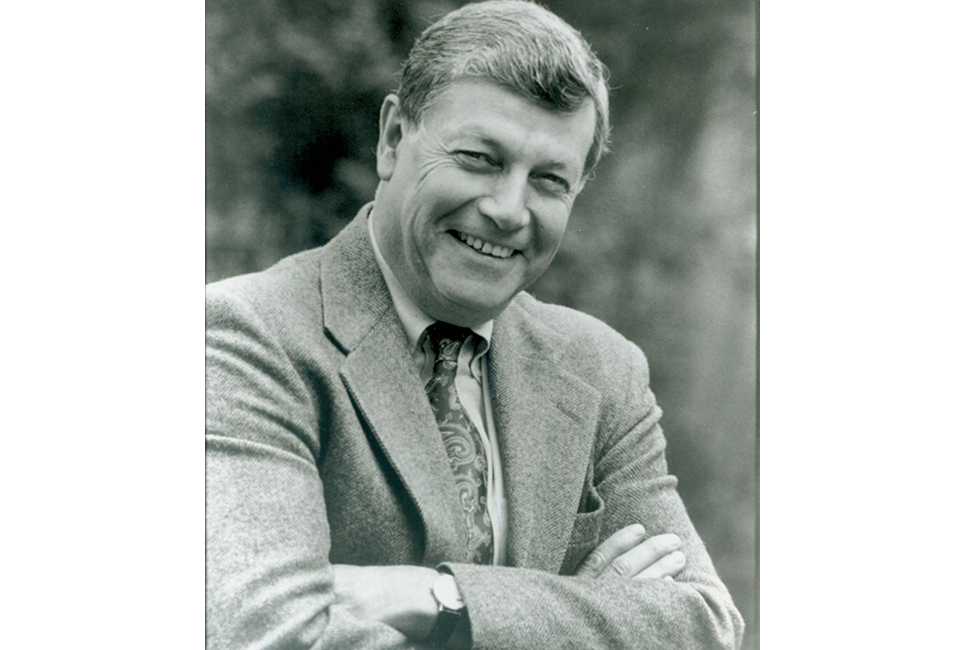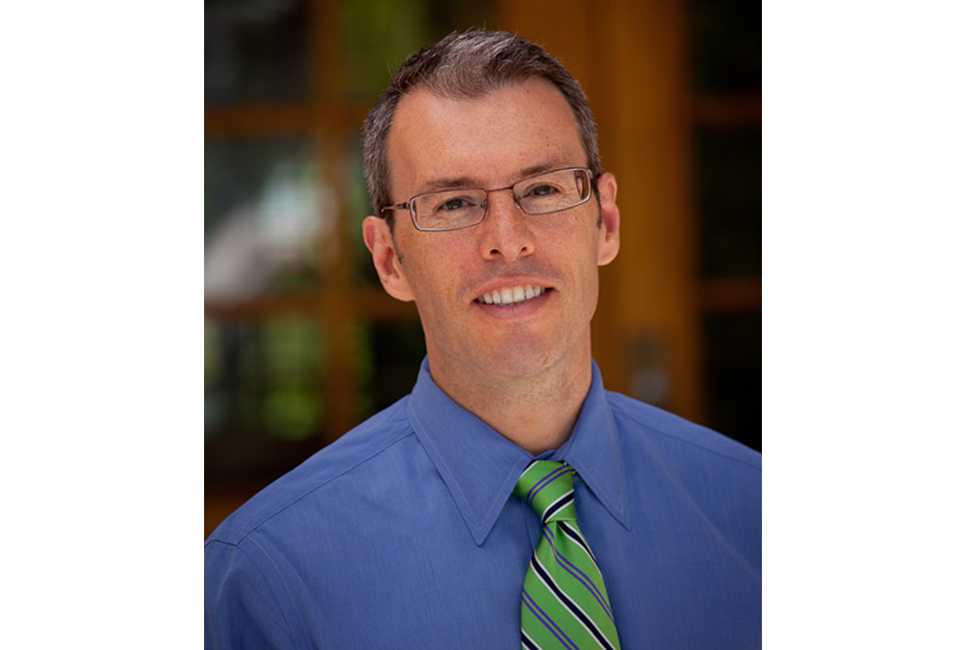Dan Miller, the seventh head of The Wheeler School, began his tenure upon Prescott’s retirement in June, 2003, leaving in June, 2017 after 14 years. Over the course of his tenure, the school enjoyed both a physical campus transformation as well as increases in program offerings and an impressive improvement in financial aid and faculty salaries due to tremendous endowment growth.
With the beginning of the 2004 school year, a new Farm Program began for sixth graders, which incorporates experiential learning during seven-week periods on the Farm campus of the School. In the summer of 2004, Wheeler purchased the historic Lyman Klapp House at 217 Hope Street, a previously-private residence built during the same year Miss Wheeler officially founded the School. The building is home to the current Head of School and is used for school functions. It was named Baker House in honor of longtime Wheeler trustee Ben Baker in 2008.
In 2006, Wheeler announced receipt of its largest individual donation in the history of the School, a $2 million gift for capital projects and financial aid directed to The Hamilton School at Wheeler. This gift was the catalyst for an increase in philanthropic support of the School. As of June, 2008, the School had raised more than $21 million — the largest amount of a capital campaign in its history — for student financial aid, faculty salary endowment and capital building projects in its Campaign for Wheeler: Be Exceptional.
The Nulman Lewis Student Center ribbon-cutting was held March 31, 2009. The new building by Ann Beha Architects connects the historic Clark Alumni House to Hope Building and features a green roof, two new science classrooms and an expanded dining area in the Pelson Student Union. New play spaces and courtyards on the East and Main campus provide improved gathering and recreation areas for students and adults alike. A new addition to The Hamilton School, the Wharton P. Whitaker Building, opened on August 31, 2010. Now the Hamilton School’s Lower School program (Grs. 1-5) has new classroom, tutoring, assembly and teaching spaces equal to the national quality of this exceptional ‘school-within-a-school.
A campus-wide Green Initiative begun in 2008 brought environmental awareness to the forefront and resulted in a 2009 Narragansett Bay Commission award for water runoff conservation, the vegetative roof on the Nulman Lewis Student Center, and a solar panel array at the Farm’s Van Norman Field House, which at the time of its installation in late 2009 was the largest such array in Southeastern Massachusetts.
Wheeler’s endowment also enjoyed growth during challenging national economic times, hitting the $30 million mark in June 2014 during the School’s celebration of its Quasquicentennial (125 years). As of May 31, 2017, the endowment had grown from $5 million at the beginning of Miller’s tenure to $37.3 million.
The final piece in a 10-year Campus Master Plan was successfully completed with the opening of the Gilder Center for the Arts in October, 2014. The building faces Angell Street its connective glass lobby leads to a completely renovated Wheeler Memorial Hall with its black box theater, art studios and classrooms.
In 2015, Mr. Miller led the renovation of the Lower School, adding colorful murals, new lighting, carpeting, updated wireless access and a welcoming new lobby. Also in 2015 was the opening of the Hirsch-Alperin Design-Innovate-Build Lab, a place for new ideas and designs in the heart of historic Hope Building.
The 2016-17 school year included the replacement of crumb rubber turf play areas with organic “corkonut” infill, the first such installation in Rhode Island, as well as a new “Learning Commons,” aka Middle School library, situated on the first floor of Hope Building within the Middle School division.
With the graduation of his second child in 2017, Mr. Miller and his wife Joanna, announced their final year at Wheeler would conclude June 30, 2017. In honor of their tenure, the Board of Trustees and School created the Dan and Joanna Miller Endowment for Educational Leadership and designated the outdoor spaces on the Providence Campus as the Dan Miller Quadrangle. The Miller Quad encompasses the playground, turf field, mural and new landscape within the shelter of Wheeler Memorial Hall, the Health & Physical Education Center, Clark Alumni House, Nulman Lewis Student Center and Hope Building.
Miller is currently the Head of The Urban School in San Francisco, CA.
